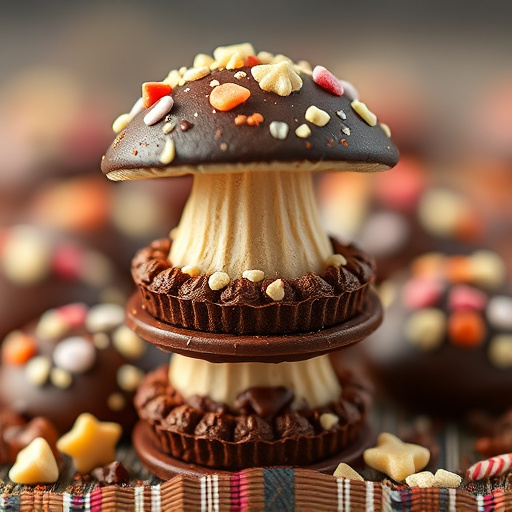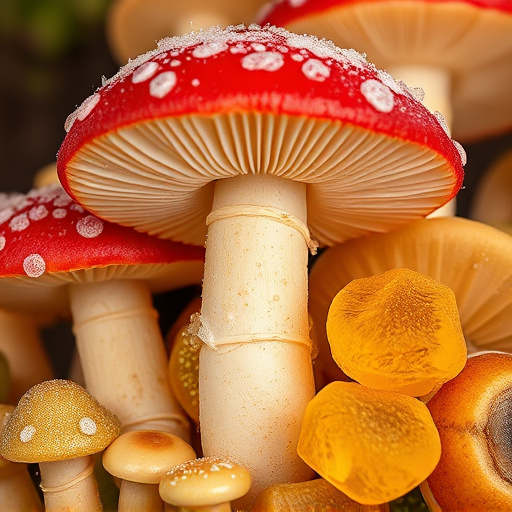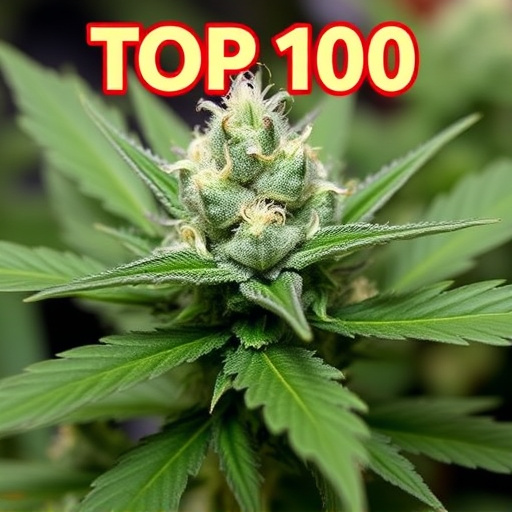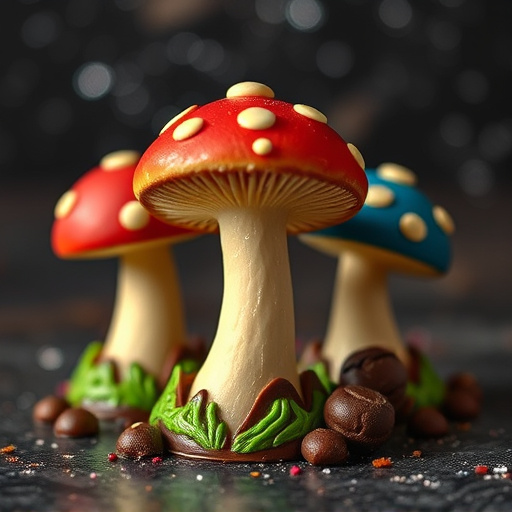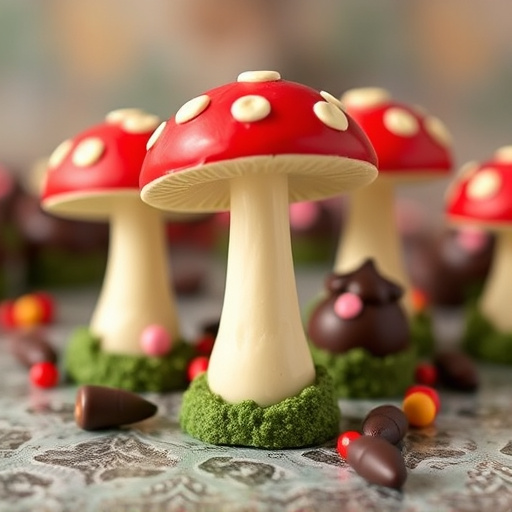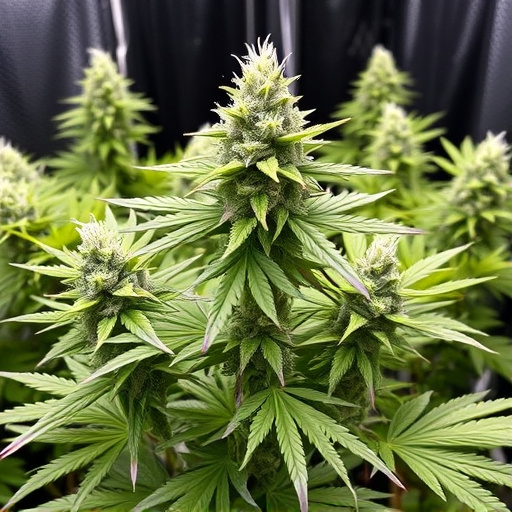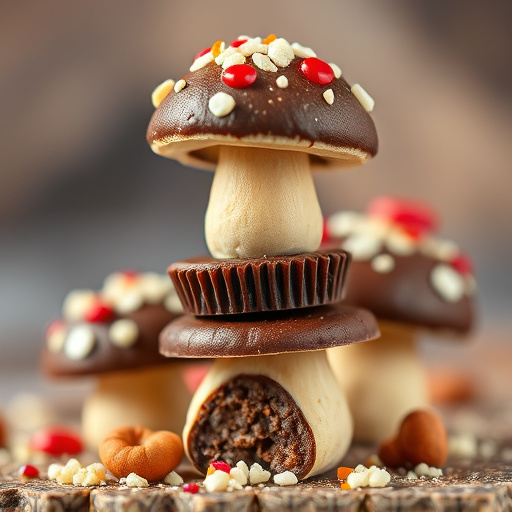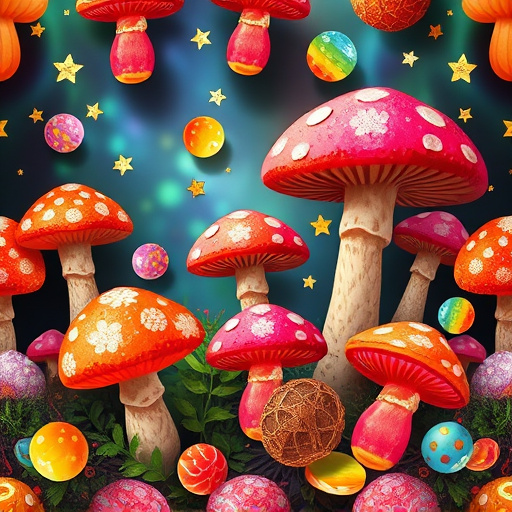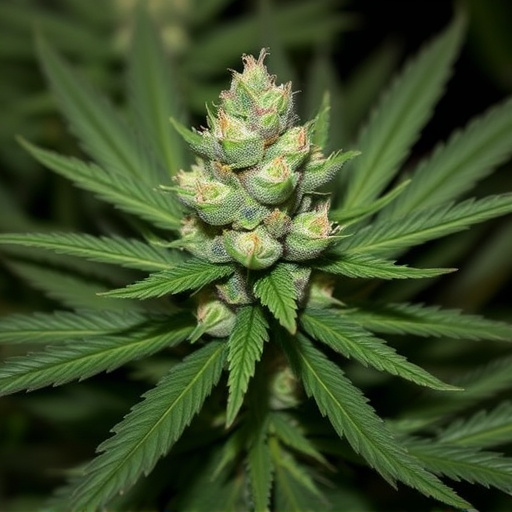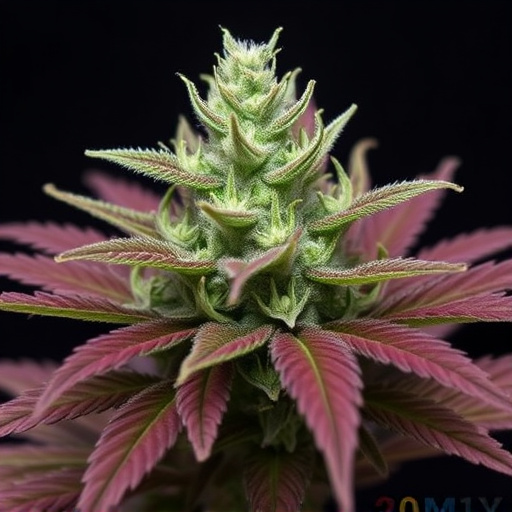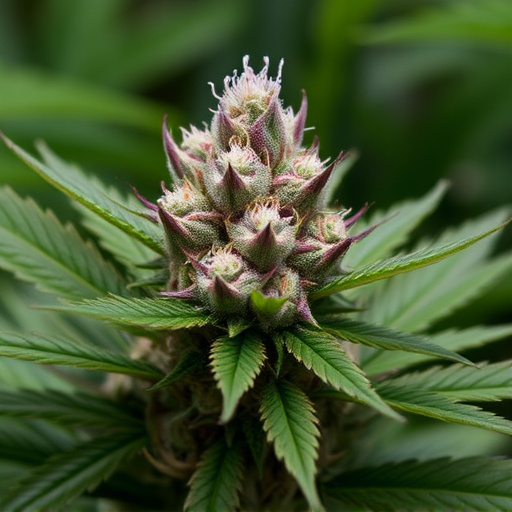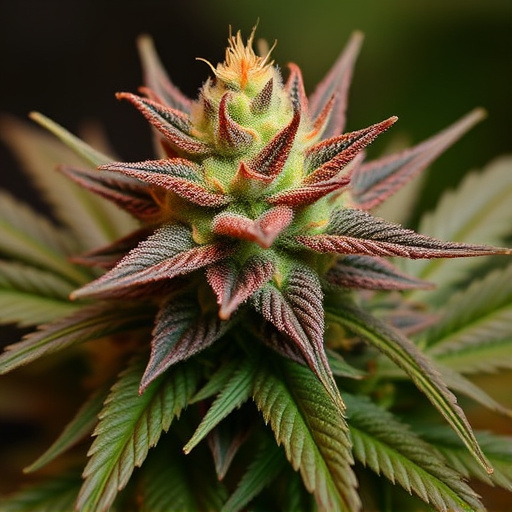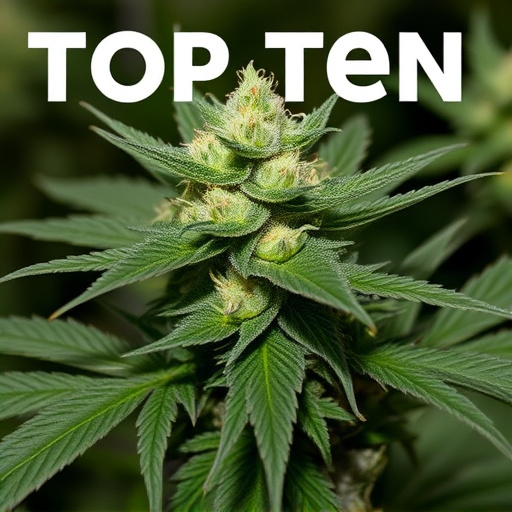In 2016, a study revealed proper curing as crucial for unlocking the full potential of top ten cannabis strains, both enhancing potency and balancing cannabinoid profiles. This ancient art controls environmental conditions to facilitate chemical transformations in THC, CBD, and terpenes, preserving aroma, flavor, and amplified effects. The top ten strains celebrated that year, like "Granddaddy Purple" and "Blue Dream," showcased diverse cannabinoid profiles, with curing playing a pivotal role in their recognition for therapeutic benefits and desirable traits.
“Discover the intriguing world of cannabis curing and its profound effect on potency. This article explores whether the process enhances or simply stabilizes the power of different strains, using the ‘Top Ten Cannabis Strains of 2016’ as a reference point. By delving into the science behind curing, we uncover how this age-old practice transforms your cannabis experience, ensuring each puff packs a stronger punch.”
- Understanding Cannabis Curing and Its Impact on Potency
- Top Ten Cannabis Strains of 2016: A Look at Their Natural Potency
- The Science Behind Curing and How It Enhances Cannabis Experience
Understanding Cannabis Curing and Its Impact on Potency
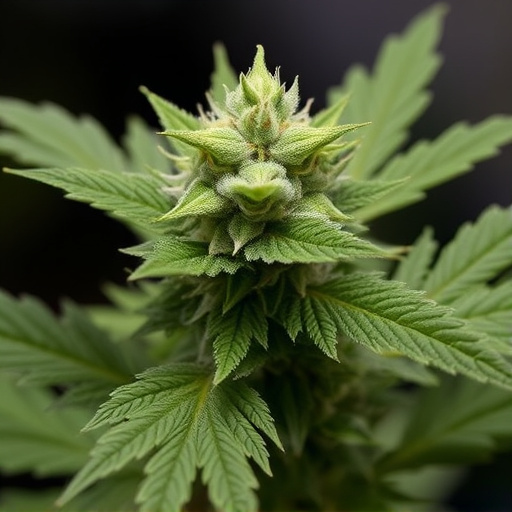
Cannabis curing, a process that involves slowly drying and aging harvested flowers, is an art that can significantly influence the final product’s potency and quality. This method has been practiced for centuries, with various techniques evolving over time. The modern approach to cannabis curing involves controlled environmental conditions, allowing the plant’s natural compounds to interact and concentrate, enhancing its therapeutic and recreational properties.
During the curing process, cannabinoids like THC and CBD, along with terpenes, undergo complex chemical transformations. In 2016, when the top ten cannabis strains were analyzed, researchers noticed that proper curing played a pivotal role in maximizing their potential. Curing not only preserves the delicate aroma and flavor profiles but also allows for a more balanced cannabinoid profile, which is essential for achieving desired effects. Effective curing can convert less potent cannabinoids into more potent forms, effectively unlocking the full potential of the plant material.
Top Ten Cannabis Strains of 2016: A Look at Their Natural Potency
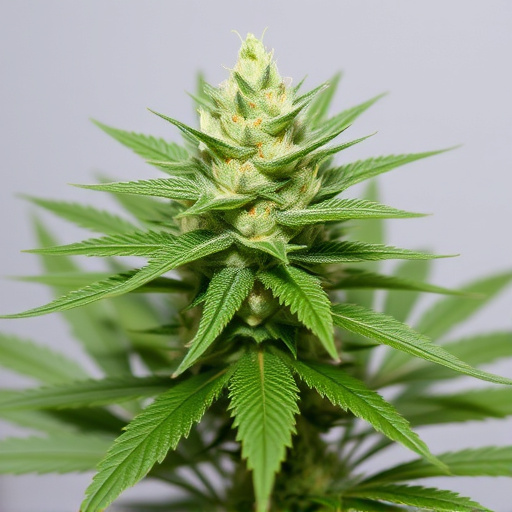
In 2016, the cannabis world was abuzz with excitement as various publications and industry experts unveiled their lists of the top ten cannabis strains. These rankings were based on extensive testing and user feedback, aiming to shed light on the natural potency and unique characteristics of different varieties. The top ten strains showcased an impressive array of cannabinoid profiles, with some emphasizing high THC levels for potent effects, while others boasted balanced CBD-to-THC ratios for potential therapeutic benefits.
The list featured a diverse range from classic Indicas like “Granddaddy Purple” known for its heavy resin production and relaxing effects, to Sativas such as “Blue Dream,” renowned for its uplifting and energizing high. These strains were celebrated for their natural potency, reflecting the growing interest in understanding and appreciating cannabis without artificial enhancements. The top ten of 2016 served as a benchmark, highlighting the rich variety and potential of this remarkable plant.
The Science Behind Curing and How It Enhances Cannabis Experience
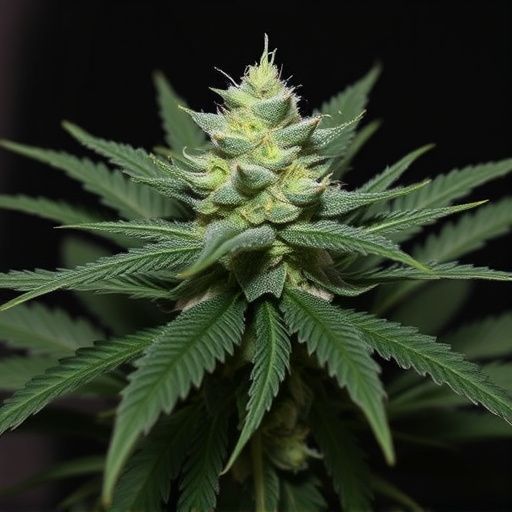
The art of curing, an often overlooked process in cannabis cultivation, plays a pivotal role in enhancing the overall experience for consumers. This method involves slowly drying and storing harvested cannabis flowers to optimize their chemical composition. During curing, volatile compounds, including terpenes responsible for aroma and flavor, evaporate at controlled rates, leading to more concentrated and desirable profiles. This meticulous process is akin to aging fine wine or crafting premium spirits, where patience and precise control yield exceptional results.
When it comes to the top ten cannabis strains of 2016 (as recognized by various industry experts), proper curing was instrumental in unlocking their full potential. These highly sought-after varieties showcased improved potencies, enhanced terpenic profiles, and more balanced cannabinoid ratios after careful curing. For instance, strains known for their potent THC levels also exhibited a harmonious blend of CBD, providing users with not just intensity but also therapeutic benefits. This attention to curing detail contributed significantly to the overall quality and appeal of these top cannabis strains, ensuring consumers experienced the intricate flavors, aromas, and effects that made them so celebrated.
In conclusion, while understanding that curing enhances cannabis potency and improves the overall user experience, it’s crucial to remember that natural variance exists among the top ten cannabis strains of 2016. The science behind curing provides valuable insights into optimizing plant development, but each strain possesses unique characteristics. As enthusiasts delve deeper, appreciating the intricate dance between cultivation practices and genetic diversity becomes essential for navigating this ever-evolving landscape.
